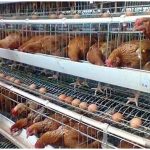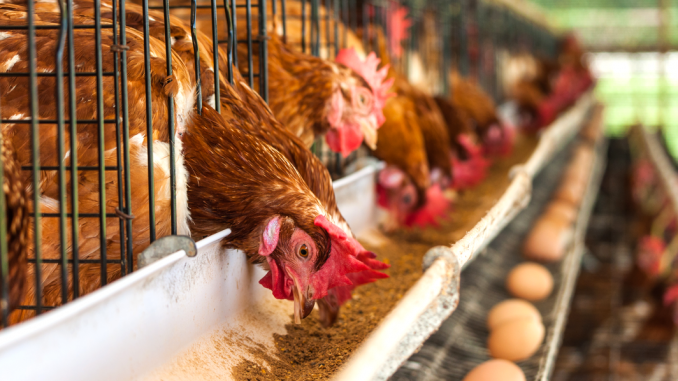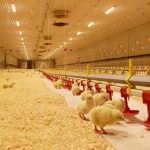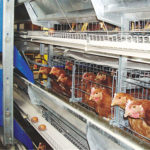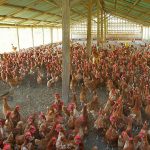Although the current weather is still in the hot stage, the weather is gradually changing. For users who raise chickens in layer cages, they should start to learn some raising techniques for raising layer hens after cooling down. Many diseases are easy to occur when the weather is hot and cold, which requires us to do more detailed and better management of breeding and disease prevention. When the weather turns cold, the author will introduce the feeding methods of usinglayer cages to raise layer hens.
1. Daily management: During the process of raising laying hens in autumn, farmers should pay attention to the state of each laying hen. Many diseases have precursors. Farmers can use to observe the chickens every morning and evening when feeding. If there are layers with mental fatigue, loss of appetite, abnormal feces, etc., they must be isolated in time, and then further checked and diagnosed, so that the disease can be detected and treated early.
2. Adjust the flock appropriately. In the process of raising chickens in autumn, farmers should pay attention to timely weed out some unprofitable laying hens. For example, widowed chickens, discontinued chickens, weak chickens, rigid chickens, chickens with severe habit, chickens with short laying time, chickens that are too heavy or fat or thin, and diseased chickens with no therapeutic value should be eliminated in time. Only in this way can we ensure a high egg production rate and reduce feed waste, leaving chickens with good production performance, strong physique, and normal egg production to increase the benefits for farmers.
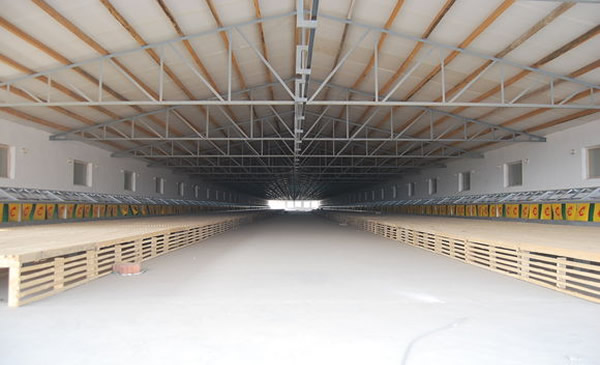
3. Increase feed nutrition. In the process of raising layer hens in summer and autumn, farmers should pay attention to the different nutrition requirements of layer hens in different seasons. After a long period of laying eggs and hot summers, the chickens are already very tired. Therefore, after the fall, farmers should feed more animal protein feeds to subsidize the chickens that have not yet moulted to continue laying eggs, and promote the rapid growth of feathers to resume production as soon as possible. Because the chicken’s nerves are very sensitive at this time, when adding higher nutrient feed, it must be added slowly to prevent the chicken’s nerves from being stimulated and moulting will stop production.
4. Reduce the impact of climate change. After the fall, the weather gradually gets colder day by day, so farmers should pay attention to the temperature control in the chicken house, so that the microclimate in the chicken house does not change too much and reduces the temperature difference between day and night.
5. Control the density and group reasonably. During the breeding process, the farmers should adjust the density of the laying hens in time according to the age, feeding and ventilation conditions of the laying hens. A reasonable density is the key to healthy growth and production performance of the chickens.
The above five points are what the author tells for farmers, in the process of usingchicken battery cage system to raise chickens, some breeding techniques and key points after entering the fall. I hope the above description can bring some help to farmers, thank you for your attention!


